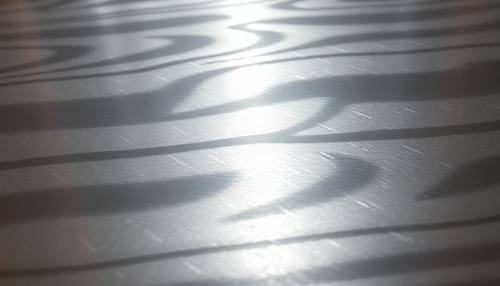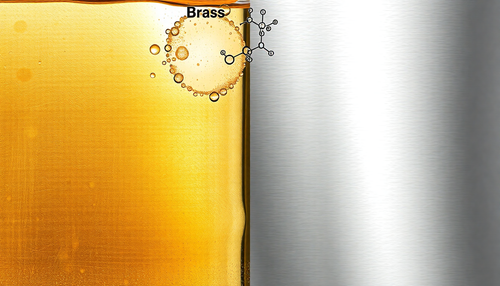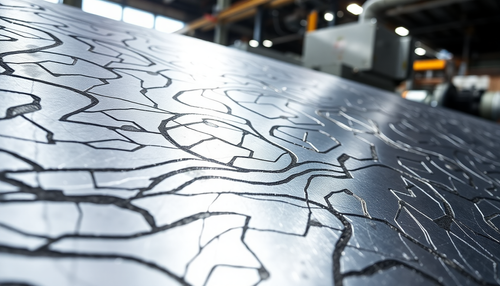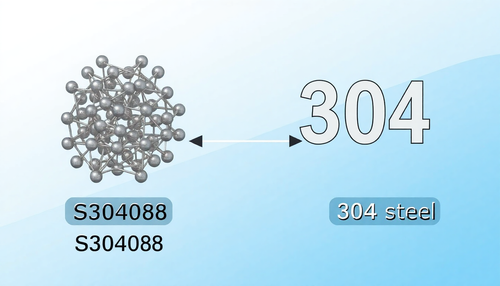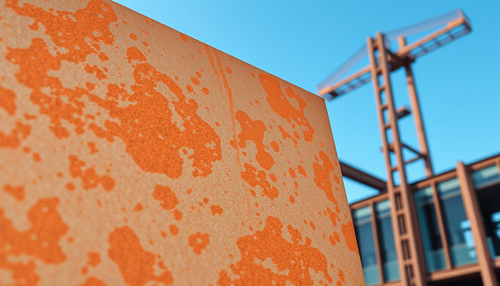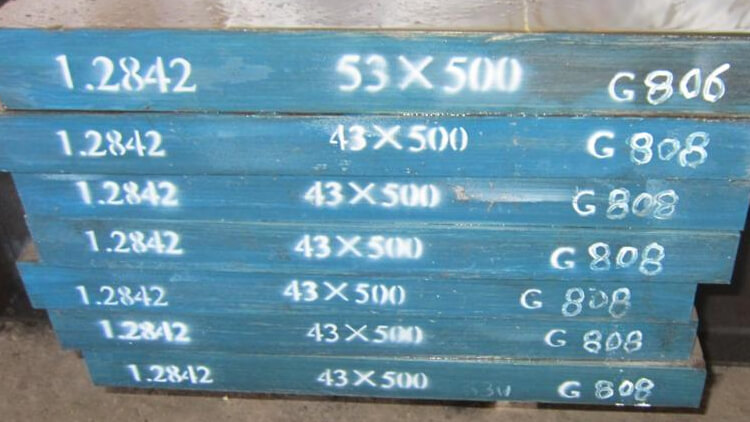
DIN EN 1.2842 Steel 90MnCrV8 Material
Steel DIN EN 1.2842 (90MnCrV8) is a European standard cold work tool steel and one of the most widely used tool steels, with high dimensional stability and edge retention and good machinability. Its properties and applications are basically the same as material 1.2510 (100MnCrW4). In terms of performance, DIN 1.2842 tool steel is comparable to 1.2510 material. Steel 1.2510 contains a tungsten element (W), which gives it greater resistance to wear and tempering. DIN 1.2842 steel is suitable for cutting and punching tools, small shear blades, threading rings and jaws, reamers, measuring tools, plastic and rubber molds.
Datasheet and specifications
The following tables show the data sheet and specifications of 1.2842 steel, including chemical composition, physical and mechanical properties, heat treatment, etc.
Chemical composition
The chemical composition of 1.2842 steel is listed in the following table based on casting analysis.
| Chemical Composition (casting analysis), % | |||||||||
| Country (Region) | Standard | Steel grade (steel number) | W | Yes | Mn | P, ≤ | S, ≤ | Cr | V |
| European Union | EN ISO 4957 | 90MnCrV8 (1.2842) | 0.85-0.95 | 0.10-0.40 | 1.80-2.20 | 0.030 | 0.030 | 0.20-0.50 | 0.05-0.20 |
Properties of 90MnCrV8 steel
The tables below list the properties of 90MnCrV8 steel, including physical and mechanical properties.
Physical properties
The physical properties of DIN 1.2842 tool steel are given in the following lists, including density, thermal expansion, modulus of elasticity, thermal conductivity, specific heat capacity and electrical resistance.
Grades:
- 10 -6 ·K -1 = 10 -6 /K
- 1Ω mm²/m = 1 μΩ m
- 1 g/cm3 = 1 kg/dm3 = 1000 kg/m3
- 1 GPa = 1kN/mm2
- 1 MPa = 1 N/mm2
| Physical properties | |
| Density, g/cm3 | 7.85 |
| Electrical resistivity, μΩ·m | 0.35 (20℃) |
| Specific heat capacity, J/(kg·K) | 460 (20℃) |
| Thermal conductivity, (W/m·K) | 33 (20℃) |
| 32 (350℃) | |
| 31.3 (700℃) | |
| Modulus of elasticity, GPa | 210 |
| Average coefficient of thermal expansion, (10 -6 /K) | 12.2 (20-100℃) |
| 13.2 (20-200℃) | |
| 13.8 (20-300℃) | |
| 14.3 (20-400℃) | |
| 14.7 (20-500℃) | |
| 15.0 (20-600℃) | |
| 15.3 (20-700℃) | |
Mechanical properties
DIN 1.2842 90MnCrV8 mechanical properties are listed in the following tables.
| Mechanical properties | ||||||
| Standard | Designation (steel number) | Hardness (annealed), HBW, ≤ | Hardening test | |||
| Austenitizing temperature, °C | Quenching medium | Quenching temperature, °C | Hardness, HRC, ≥ | |||
| EN ISO 4957 | 90MnCrV8 (1.2842) | 229 | 790±10 | Oil | 180±10 | 60 |
Heat treatment
- Hot forming temperature: 1050-850°C.
- Soft annealing temperature: 690-720°C.
- Stress relief temperature: 600 – 650 °C, oven cooling.
- Hardening temperature: 760-820°C, quenching medium: oil, Rockwell C hardness after quenching is 64 HRC.
The tempering temperature and corresponding Rockwell hardness (HRC) are listed in the table below.
| Steel | Quenching temperature, °C | Rockwell hardness (HRC) |
| 90MnCrV8 (1.2842) | 100 | 63 |
| 200 | 60 | |
| 300 | 56 | |
| 400 | 50 | |
| 500 | 42 | |
| 600 | 38 |
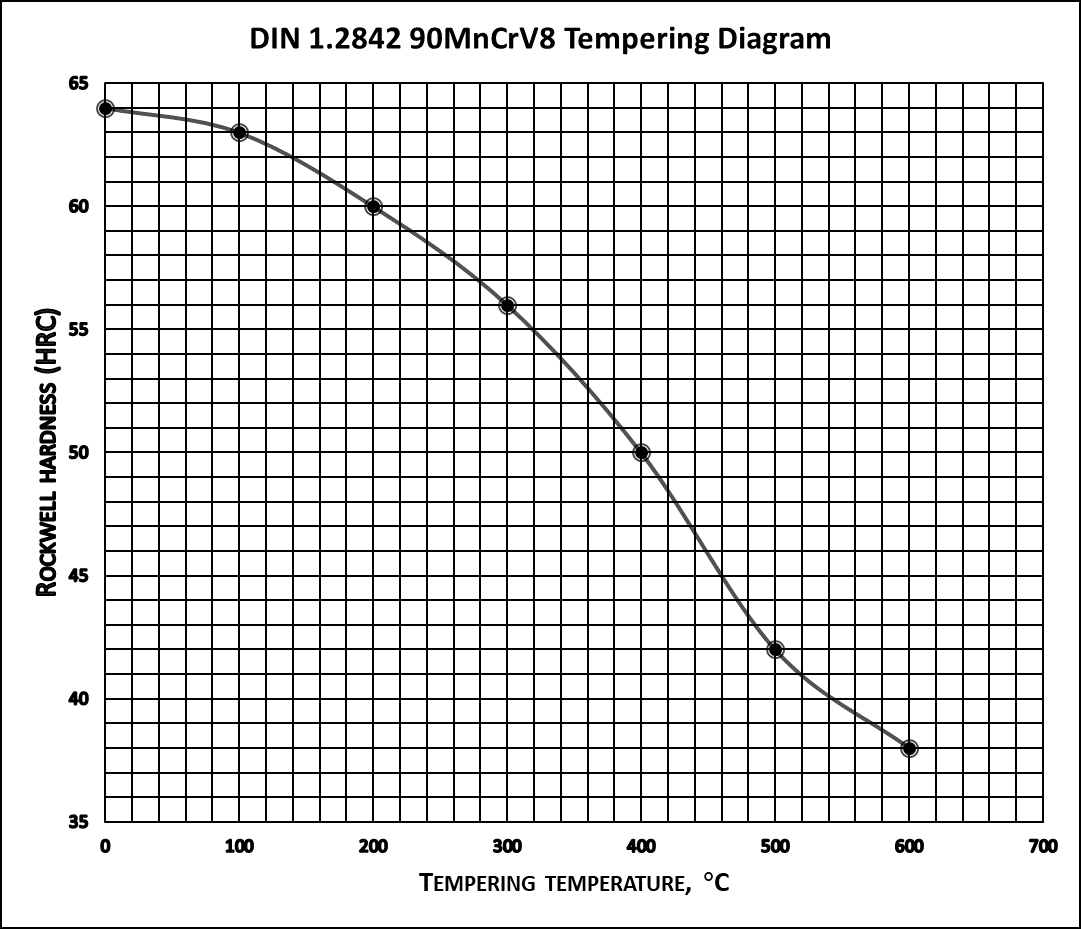
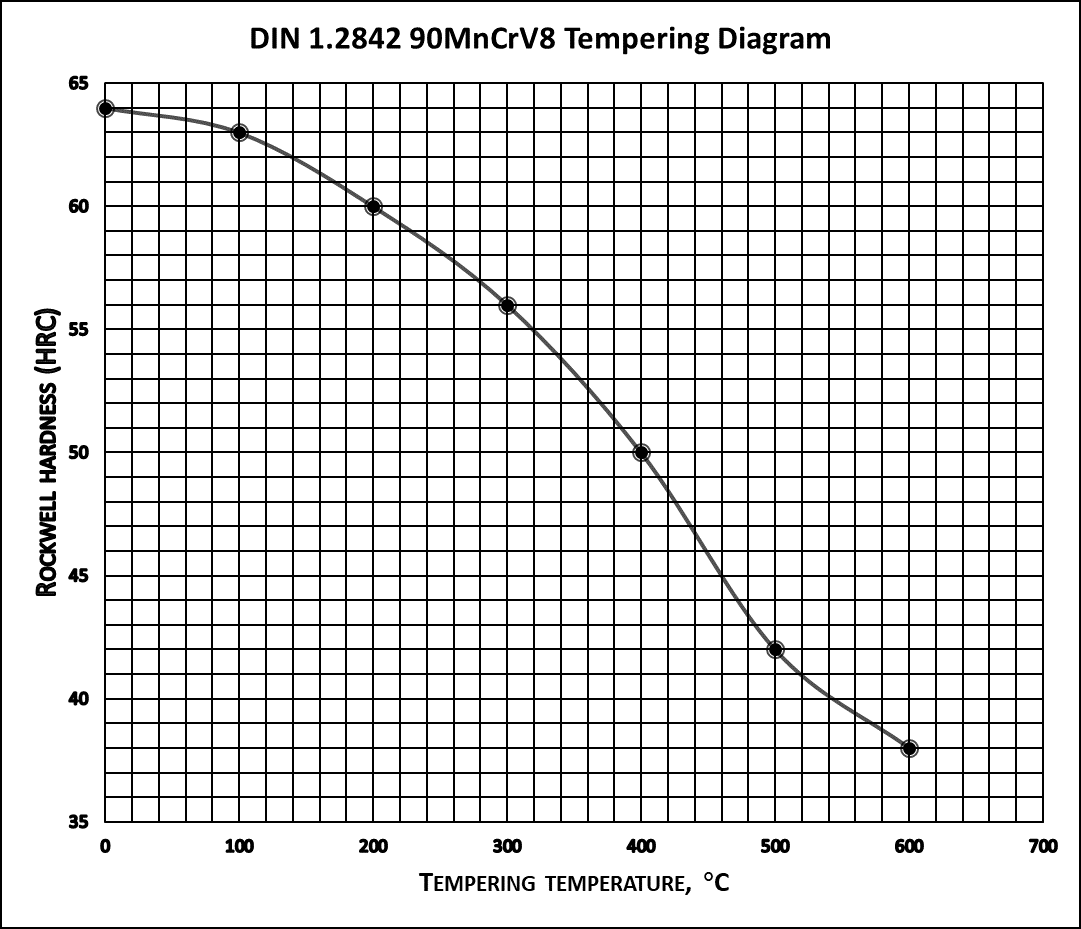
TTT Diagram
DIN 1.2842 tool steel 90MnCrV8 Time-temperature transformation diagram (TTT diagram).

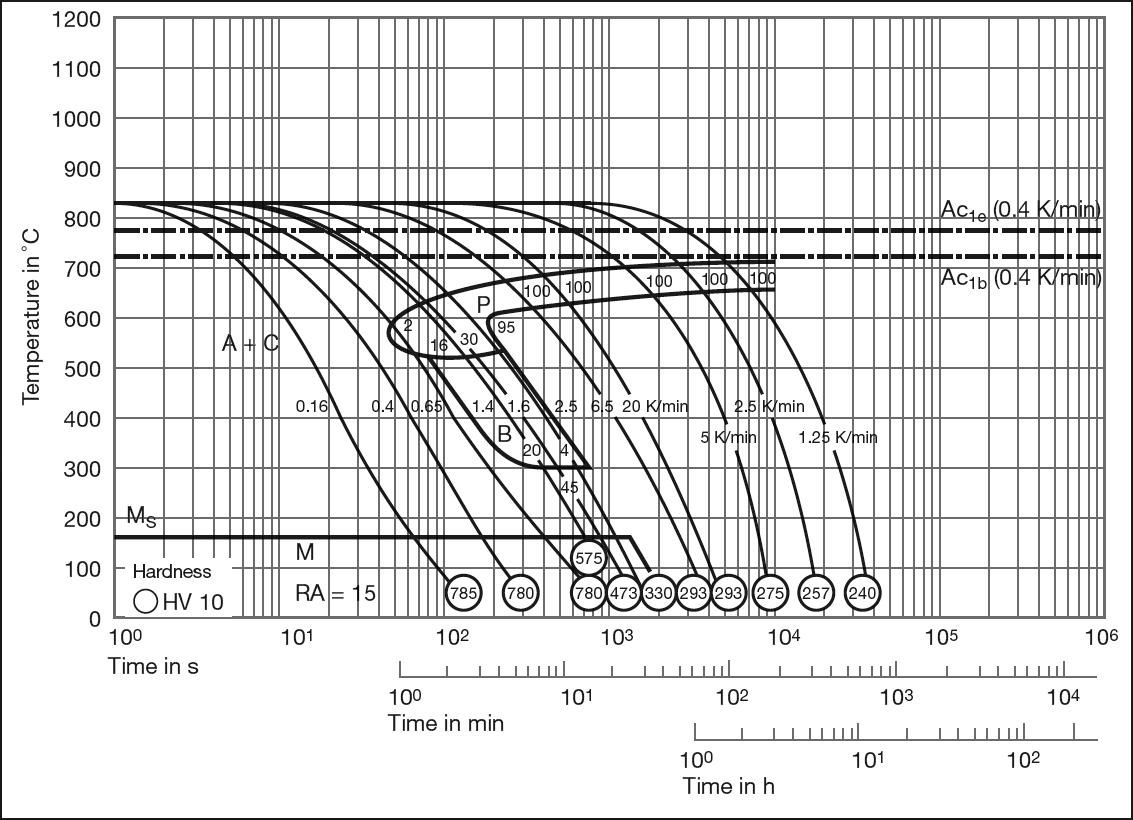
Forms
DIN 1.2842 90MnCrV8 steel is suitable for cutting and punching tools, small shear blades, thread cutting rings and jaws, reamers, measuring tools, sliders, rails, plastic and rubber molds.
Equivalent
Steel DIN 1.2842 90MnCrV8 equivalent to AISI SAE, Japanese JIS and Chinese GB standard (for reference).
| 90MnCrV8 (1.2842) equivalent material | |||||||||
| European Union | USA | ISO | China | Japan | |||||
| Standard | Steel Name (Material Number) | Standard | Note (UNS) | Standard | Note | Standard | Note (UNS) | Standard | Note |
| EN ISO 4957 | 90MnCrV8 (1.2842) | AISI; ASTM A681 |
O2 (UNS T31502) | ISO 4957 | 90MnCrV8 | GB/T 1229 | 9Mn2V (T10029); 9CrWMn (T20299) |
JIS G4404 | SKS3 |


